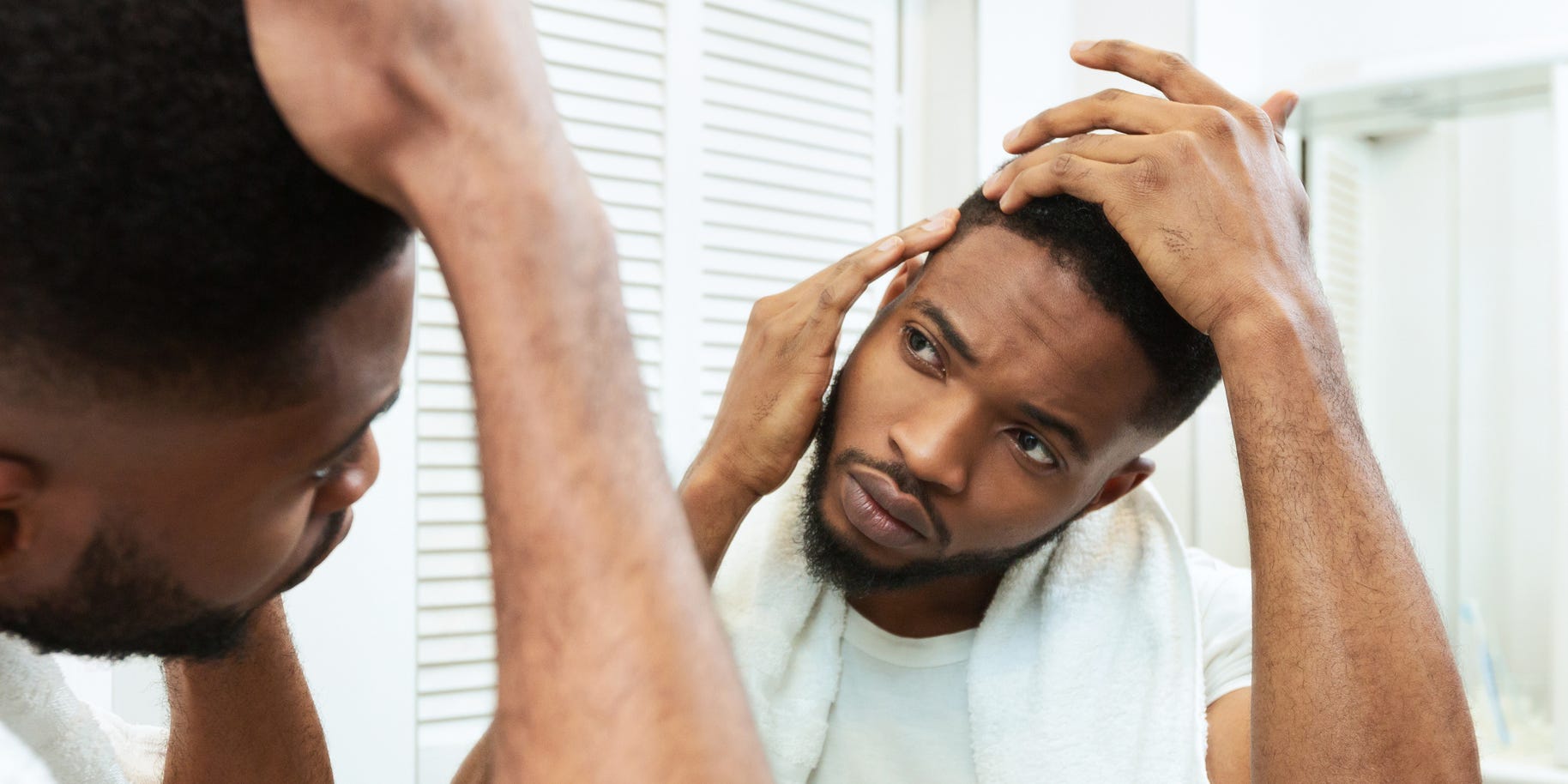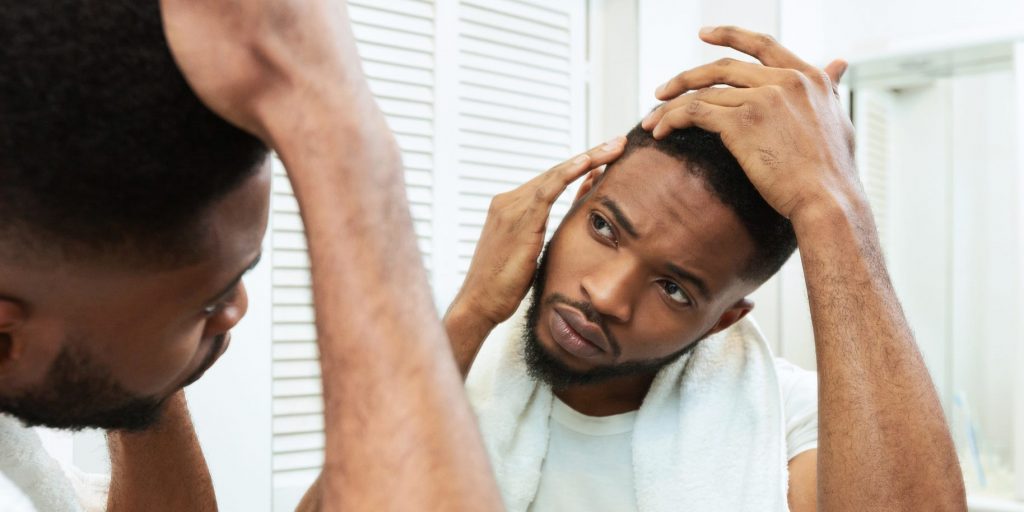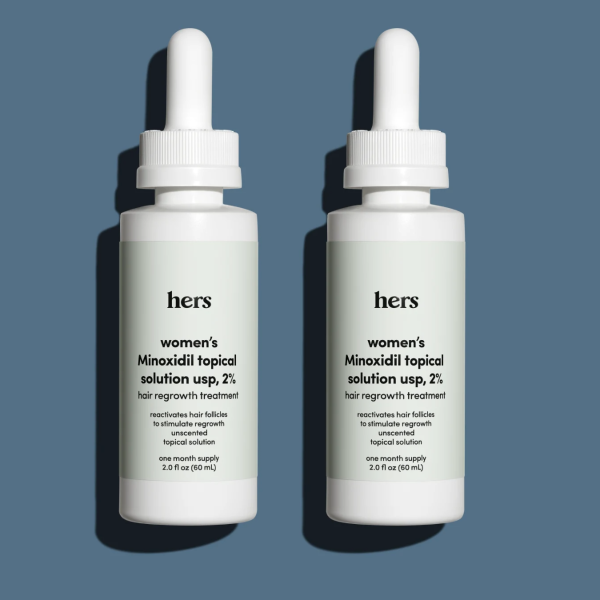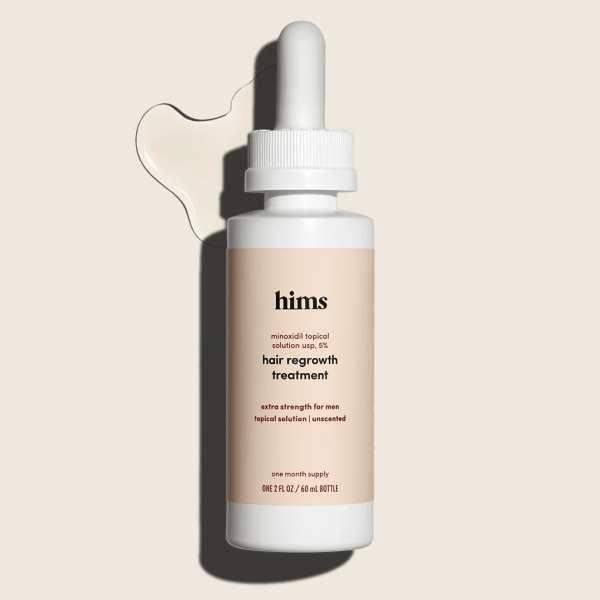
- Hair loss treatments include natural options like changing your diet and minimizing styling.
- You can also opt for spironolactone, an OTC treatment, or get finasteride pills from your doctor.
- If none of these options seem to be working, you can get a surgical hair transplant.
- Visit Insider's Health Reference library for more advice.
If you're dealing with hair loss, you're not alone. Many people experience hair loss, and it can be caused by anything from malnutrition to male or female pattern baldness.
There are various treatments you can try to prevent further hair loss and stimulate new hair growth, ranging from simple lifestyle changes to more serious procedures.
Here are eight methods to reduce hair loss and mitigate balding.
1. Minimize your hair styling
If you style your hair regularly, you may be at a higher risk of hair loss.
Some things that could cause this are:
- Using harsh chemicals like chemical straighteners or perms
- Dying your hair
- Styling your hair with hot tools like flat irons
- Putting your hair in tight buns or braids
One of the first steps you can take to combat hair loss is to minimize how often you style your hair in damaging ways or use harsh chemicals, says Susan Massick, MD, board-certified dermatologist at The Ohio State University Wexner Medical Center.
It's even better if you can eliminate these altogether if you're experiencing hair loss. This way, your hair health can return.
2. Get your nutrients
If you are malnourished or lacking in certain nutrients, this may cause hair loss. Therefore, Massick recommends:
- Eating a healthy well-balanced diet
- Avoiding crash diets
- Taking multivitamins
Some vitamins and minerals crucial for hair health are B vitamins, vitamin D, zinc, iron, and omega-3 fatty acids. Additionally, since protein is a building block of hair, protein intake in your diet is important, as well.
By eating a healthy diet, you can help reduce your risk of nutrient deficiencies that can lead to hair loss.
3. Topical Minoxidil (Rogaine)
If your hair loss is caused by androgenic alopecia (male or female pattern baldness) you can use a topical treatment containing minoxidil, such as Rogaine.
"Although the exact mechanism of action [of minoxidil] is unknown, it is theorized that improved blood flow to the hair follicles prevents hair shedding and perhaps enhances hair regrowth," says Massick.
This product is FDA approved, readily available over-the-counter, and easy to use, Massick says.
4. Spironolactone
If you're a woman experiencing female pattern baldness, excess androgens (male hormones) may be the cause. Typically women undergoing menopause will experience an increase in androgen production, which is associated with androgenic hair loss.
In this case, you can take an oral anti-androgen medication called spironolactone, says Debra Jaliman, MD, board certified dermatologist, and assistant professor of dermatology at Icahn School of Medicine at Mount Sinai.
Spironolactone (Aldactone) will reduce excess androgens and restore your hormone balance, helping retain your current hair and grow new hair. Spironolactone is particularly helpful if your hair loss is caused by Polycystic ovary syndrome, (PCOS).
5. Finasteride
If you have male pattern baldness, or if you're a post-menopausal woman with female pattern baldness, the oral medication finasteride can help.
This drug prevents testosterone from converting into dihydrotestosterone (DHT). DHT is an androgen which causes hair follicles to shrink and hair production to shut down, Massick says. Since finasteride prevents the follicles from shrinking, it stops hair loss.
This is typically only prescribed for men and post-menopausal women. Women who are pregnant or plan to become pregnant should not take this medication since it can cause birth defects.
6. Laser therapy
There are laser devices that you can purchase to use at home. Jaliman says these work by stimulating the hair follicles, therefore stimulating hair growth.
This is known as low-level laser therapy (LLLT). The lasers are usually in the form of a cap, and you typically wear it for a few minutes three times a week, Jaliman says.
A 2013 study showed that LLLT resulted in a 39% hair increase in men with male pattern baldness over the course of 16 weeks.
However, these caps are pricey, costing $700 or more.
7. Platelet-rich plasma (PRP)
PRP treatments involve blood being drawn from a patient's arm, and then this blood is put into a device that isolates the plasma, Jaliman says. Next, this plasma is injected into the scalp.
This treatment, in theory, works by prolonging your hair's growth cycle which can stimulate new hair growth and prevent further hair loss.
PRP is an investment. Multiple sessions are necessary to see optimal results, typically once a month for three months, and then about every six months after that, Jaliman says. It's typically not covered by insurance since it's considered a cosmetic procedure, so each injection will likely cost between $500 to $1,000.
8. Surgical hair transplant
If all other treatment optioans are exhausted without success, Massick recommends having a consultation with an experienced hair transplant surgeon.
During this surgery, Massick says that micrografts of hair units will be harvested from sites of healthy hair growth, such as the back of the scalp.
Then, these micografts are transplanted into the thinning area, where regrowth will occur. You'll likely require multiple surgical sessions, and it can take up to two years for you to see the full benefits of the procedure.
Since it's a cosmetic procedure, it typically won't be covered by insurance. Massick says the cost is at least a few thousand dollars, and it goes up from there, depending on your geographic location and the surgeon.
Additionally, Massick says you should keep in mind that you do run the same risks of any other surgery, such as bleeding, swelling, and infections.
Insider's takeaway
There are many solutions for you if you want to correct your hair loss, ranging from simple to surgical. Try out some fixes you can do at home, and if those don't help, see a dermatologist to discuss further options.


